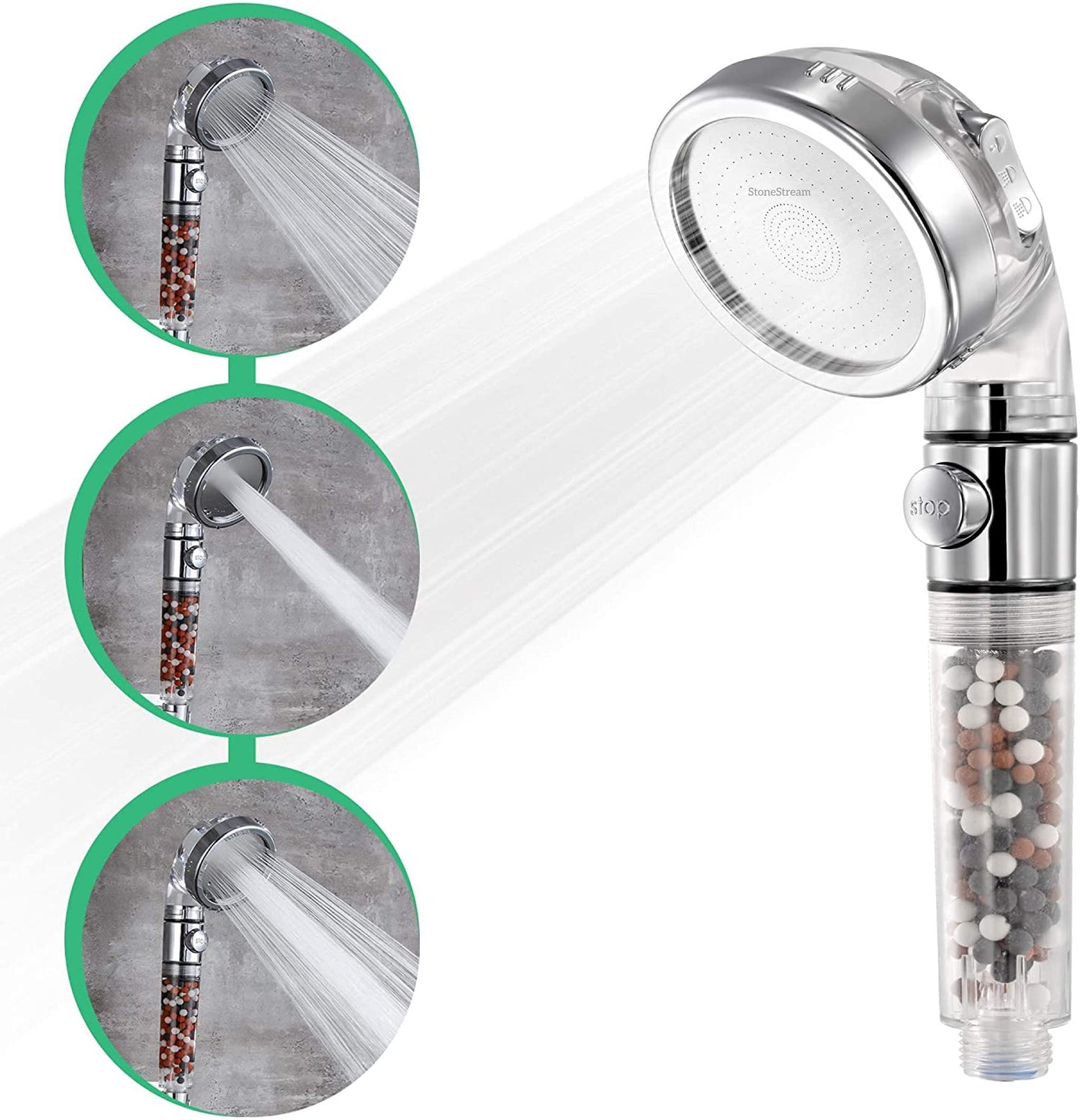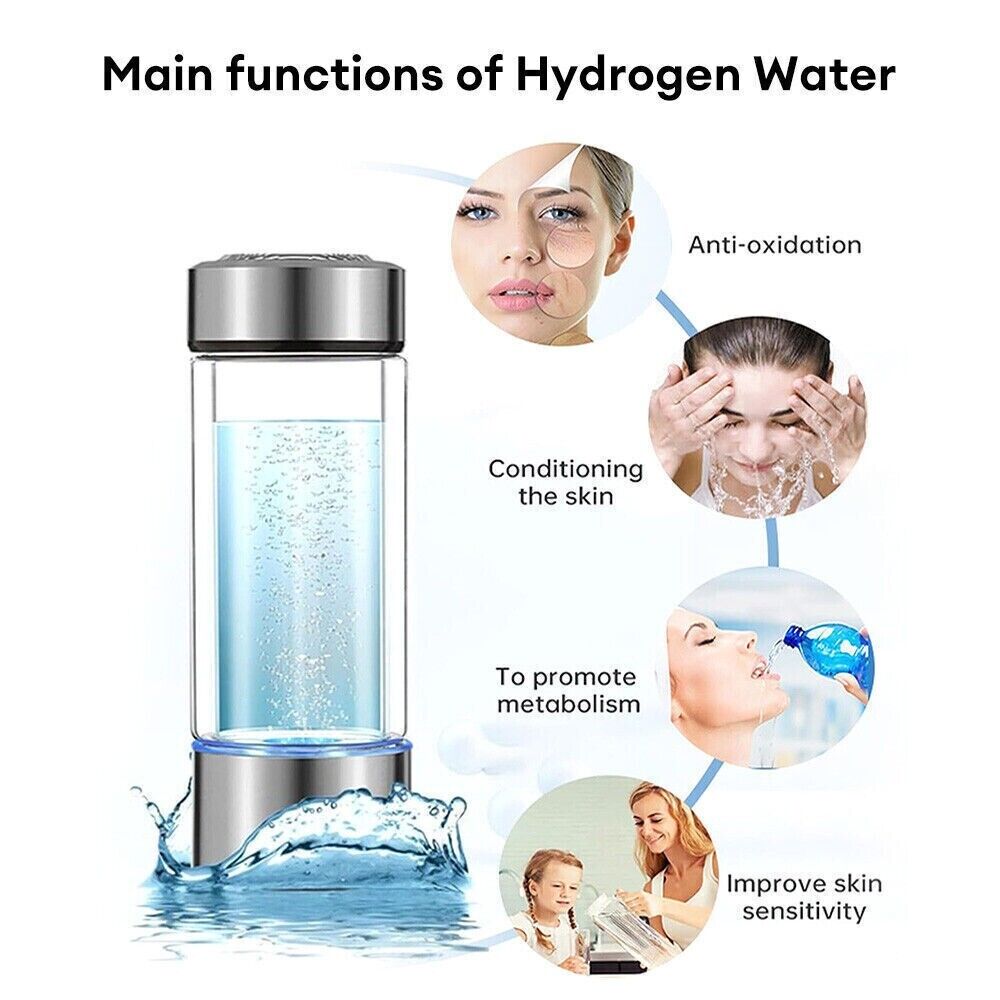Can you smell something musty in your bathroom? You look everywhere but can’t find the source. Did you think to look at the ceramic tiles lining the shower area? You’ve probably got tiles just above the washbasin and bath as well. Maybe the entire bathroom has tiles. If so, grout has been used to seal the joint between each tile.
Most shower cubicles use ceramic tiles to prevent large amounts of water spray from damaging the wall plaster. Unfortunately, although ceramic tiles have a waterproof and glazed surface, grout isn’t smooth or waterproof. Thus, mould and mildew establish a colony very easily on the surface of grouts.
Why Does Tile Grout Become Dirty?
Shower tiles get wet many, many times a day, especially if you have a big family. Unfortunately, people forget or don’t even know that it’s a good idea to wipe the tiles dry after having a shower. They, therefore, end up with a water film clinging to the grout and turning stagnant. By the way, you should also clean your glass shower doors regularly, to prevent them from becoming cloudy and stained.
It's a fact that microscopic particles of dust, bacteria, and limescale collect on the surfaces of the bathroom. They then become a breeding ground for mould and mildew, which grow in warm and humid conditions.
Now, take a look at the grout lines in your bathroom. If you can see black dots or smears as well as dirt, then you’ve got a thriving colony of mould spores. The only thing you can do now is to get rid of them. But first, are they dangerous to your family?
Are Mould and Mildew Harmful to Humans?
Mould and mildew spores live everywhere and float in the air all the time. They continually fall onto surfaces and settle down when conditions are favourable. The only way you can prevent the spores from growing is by cleaning surfaces regularly with bleach-based cleaning materials. It doesn’t matter if the cleaner is made of chlorine or is hydrogen peroxide-based, as both will kill mould and bacteria. Of course, you could use a homemade cleaning solution as well — they’re simple to make and very effective. But, we’ll get to that later.
Now, the question is: are the spores harmful? Since they’re everywhere in the air all the time, we get used to them and our immune systems usually manage to repel these invaders.
However, if we are susceptible to breathing problems, immune system deficiencies, or suffer from allergies such as asthma, we will certainly react to high concentrations of spores. Also, heavy concentrations of mould provide a breeding ground for many types of bacteria — some of them can be toxic or cause infections. Even if the mould and bacteria aren’t actively harmful, the bathroom will develop a stale, musty, and very unpleasant odour.
So, we owe it to ourselves and our family to get rid of the mould and mildew found in our shower cubicles. Cleanliness is always a good idea!
But, to do this, we need to know how to clean our shower tiles effectively. So, how to clean the shower tile grout?
How Do We Clean Tile Grout?
It’s much easier to tackle dirty tile grout in its early stages. If you leave the dirt and mould for a long, long time, the grout will stain and you’ll never be able to fully get it clean. If this happens, you may as well remove the old grout out of the joints and refill them with new grout.
Let’s assume you’ve caught it at an early stage, shall we?
Using an effective bleach-based household cleaning product, such as Cif, is a good idea. This is ideal for cleaning tiles and grout! All you need is a bottle of cleaner, a scrubbing brush or old toothbrush, a sponge, and a clean cloth.
-
Apply the cleaning liquid to the brush and scrub the grout to remove all traces of mould.
-
Rinse the grout with clean water from the showerhead and use a sponge to remove stubborn marks.
-
Dry the tiles and grout with a clean, dry cloth.

How to Spot Mould Spores in Your Shower Grout
How Do We Clean Mould From Shower Grout Naturally?
Not everyone likes to use bleach-based products. Although they are probably the best way to remove all traces of mould, mildew and bacteria from your home’s hard surfaces, many people dislike the idea of using chlorine bleach for ecological reasons. These people need not worry!
Hydrogen peroxide is a good bleaching agent that you can buy from pharmacies (ask for food grade hydrogen peroxide). It’s also available for sterilizing a baby’s feeding bottles. ‘Milton’ is a popular brand name that you can look into. The liquid decomposes into oxygen and water, both completely harmless on their own. And, hydrogen peroxide doesn’t leave behind a chlorine smell. For this reason, people often use it for disinfecting food preparation surfaces.
If you don’t want to use hydrogen peroxide either, you can always try a mixture of vinegar and baking soda (sodium bicarbonate).
Vinegar and baking soda are two traditional cleaning materials that are effective and have been used for hundreds of years. One thing to remember, however, is that the mixture is very abrasive — don’t use it on old and loose grout because you might end up with nothing left!
Please note that even though vinegar and baking soda are relatively harmless ingredients, you still need to protect your eyes, mouth, and skin whilst using them. Once you finish reading this article, we’ll cover all the safety aspects in the next section.
-
Mix baking soda and white vinegar in a bowl until you have a paste.
-
Dip an old toothbrush into the paste and scrub each grout line, one after the other. Don’t forget to get the bristles into every crevice.
-
Leave the paste to work for about 10 minutes.
-
Rinse with clean water and rub with a damp sponge.
-
Dry the surface.
You can also use vinegar or baking soda to clean your clogged shower heads.
If you aren't satisfied with the above-mentioned method, we have another one for you! Steam is a great way to kill mould. If you have a steam cleaner (you can buy it for cheap online), you can kill up to 99% of mould and bacteria. You can even use steam on upholstery and other surfaces too. Mould just can’t cope with the high temperatures involved with steam!
Combine steam with a scrubbing brush and you’ll be able to dislodge even the most stubborn mould colony. Plus, with a steam cleaner, you won't have to worry about bleach odour.
Be Safe!
Remember that you’re using cleaning substances to kill living things, even if they’re just bacteria and mould. You are also a living thing, so these cleaning materials probably won’t do you much good in large concentrations or over a long period of time. It's important to take your safety into account when meddling around with cleaning materials!
So, if you’re using bleach-based cleaning materials (such as chlorine or hydrogen peroxide):
-
Remember to wear protective rubber gloves. Standard dishwashing gloves are good enough. You need to protect your skin and fingernails.
-
Be careful and don't splash the bleach into your eyes. Not only will your eyes hurt, but you may also do irreparable damage to your vision. Wear eye protection whenever you use these cleaning substances.
-
Make sure you ventilate the working area. The fumes can burn your lungs and any other mucous membranes they contact. Crack a window or door wide open before you get to work.
-
Always keep these harsh cleaning materials away from children.
If you’re using vinegar and baking soda:
-
Remember that just because vinegar and baking soda are edible doesn't mean they can't be dangerous. Vinegar (acetic acid) is corrosive, just like any other acid. If it comes in contact with your skin or any mucous membrane, it will damage your skin cells. Use rubber gloves or you might end up with dermatitis or other skin conditions.
-
Baking soda is alkaline and just as corrosive as vinegar, so skin protection is just as important here.
-
Protect your eyes against accidental splashes.
-
Vinegar fumes can damage your lungs and mucous membranes too so keep the working area well ventilated.
-
Keep children away.
Never use two cleaning solutions at the same time. If you decide that one isn’t working as well as it should, make sure you rinse the area (so that there’s no trace of it left) before trying something else. If you mix vinegar and bleach or ammonia and bleach, you will create a toxic gas. Don’t do it!
Check Your Grout Regularly
Finally, let’s just say that it’s important to clean the grout lines in your shower area for a fresh-smelling and pristine-looking bathroom. Looking after the tiles and grout is definitely the right thing to do. It will not only stop bad smells and unsightly stains but also give your bathroom walls many more years of life before you have to replace the tiles and grout.
Also, regularly clean your shower heads, shower accessories, and bathroom surfaces. It's important to have a hygienic bathroom — it's good for your health and good for appearances!
Happy cleaning!
If you wish to shop for shower heads and shower accessories (replacement filters, non-slip shower mats, shower hoses, and hard water filters) then head over to the StoneStream website. Our EcoPower shower heads are known for filtering and softening water and will protect your skin, hair, and bathroom surfaces from bacteria, mould, dirt, limescale and other unwanted elements!
Buy Now
-




